Carbon locked in soils can be emitted by bacteria. Turning up the heat on them releases more carbon.


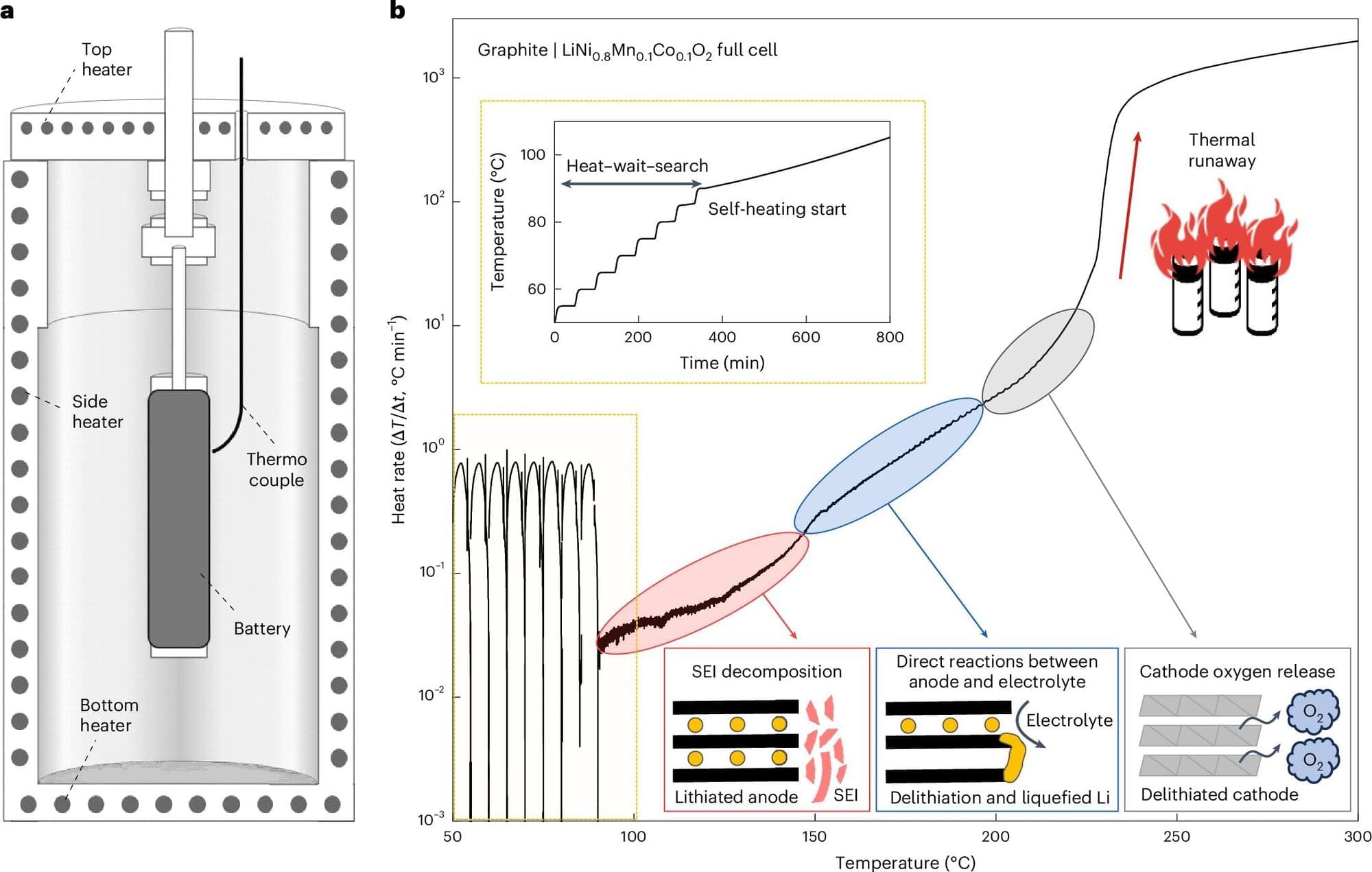
Overheating batteries are a serious risk, in the worst cases leading to fires and explosion. A team including researchers from the University of Tokyo has developed a simple, cost-effective method to test the safety of lithium-ion batteries, which opens up opportunities for research into new and safer batteries for the future. The work is publishedNature Energy.
The researchers created an intentionally unstable battery which is more sensitive to changes that could cause overheating. The battery is one-50th the size of conventional batteries, so it is less resource-intensive and tests can be carried out in a smaller lab environment.
News stories abound of lithium-ion batteries overheating, smoking or even exploding. This makes safety testing a top priority for both manufacturers and consumers.
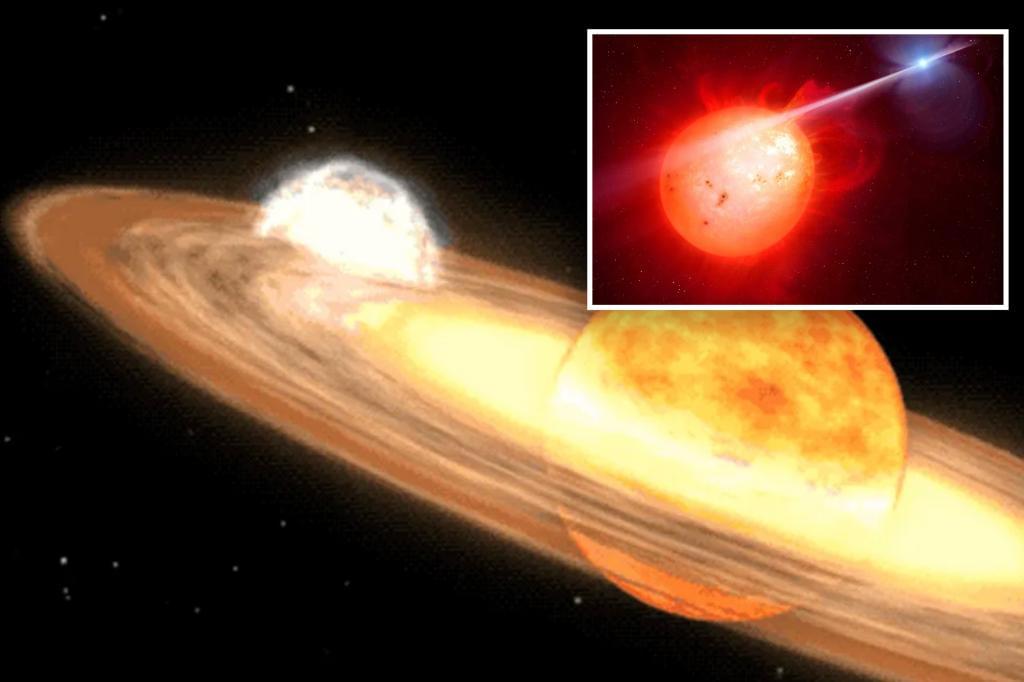
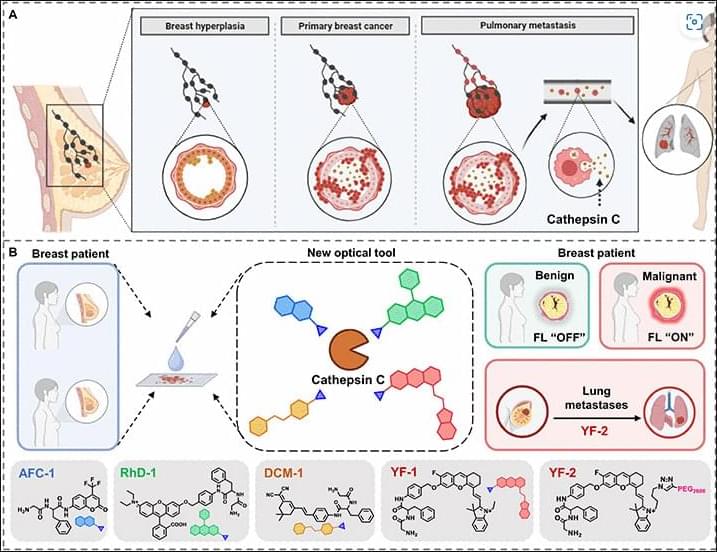

Researchers categorized participants by whether or not they had experienced SCD, and by their antidepressant medication use — between 1 and 5 years, or 6 years and longer.
At the study’s conclusion, researchers found that participants who used antidepressants for a period of 1 to 5 years had a 56% increased risk of SCD.
Participants who used antidepressants for 6 or more years had a 2.2 times higher risk for SCD.
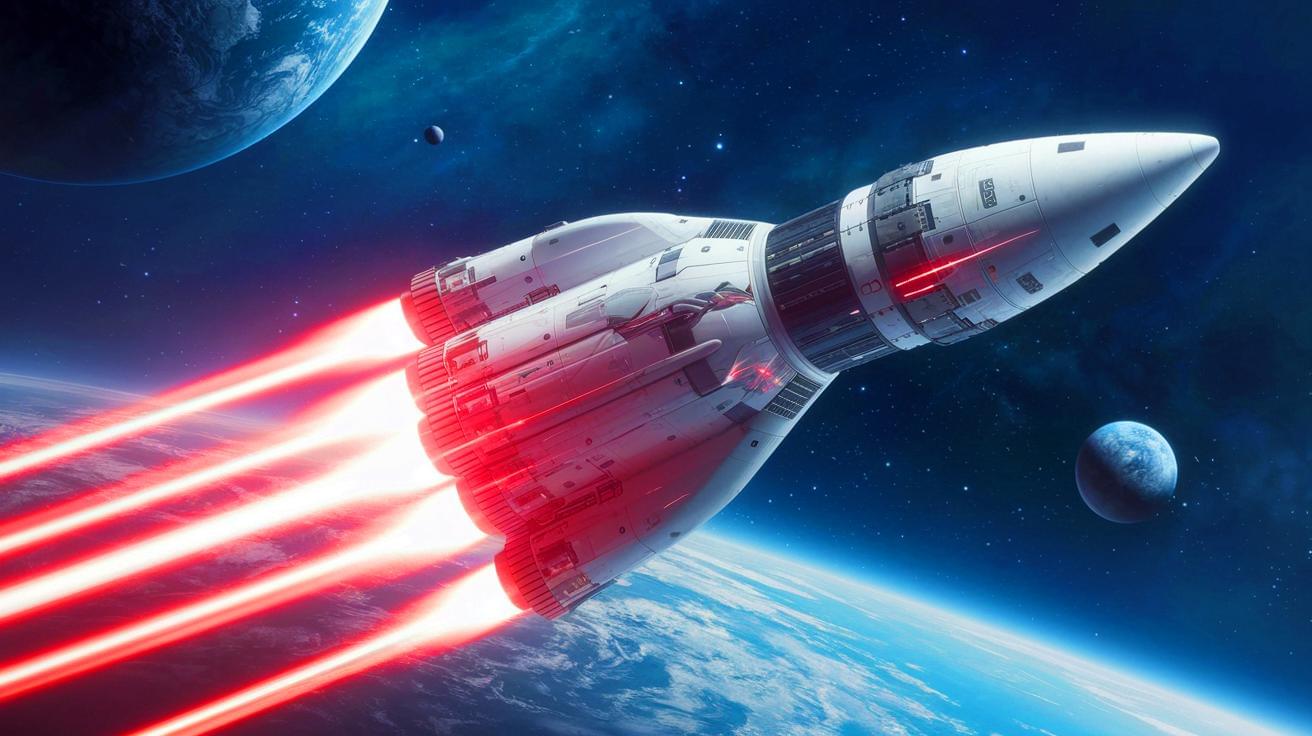
IN A NUTSHELL 🚀 Pulsar Fusion is developing the Sunbird, a fusion-powered rocket, to significantly reduce interplanetary travel times by 2027. 🔬 The Sunbird uses a Duel Direct Fusion Drive (DDFD) engine, promising unprecedented exhaust speeds and efficiency. 🛰️ The rocket will operate as a space “tugboat,” stationed in orbital satellite docks for missions to

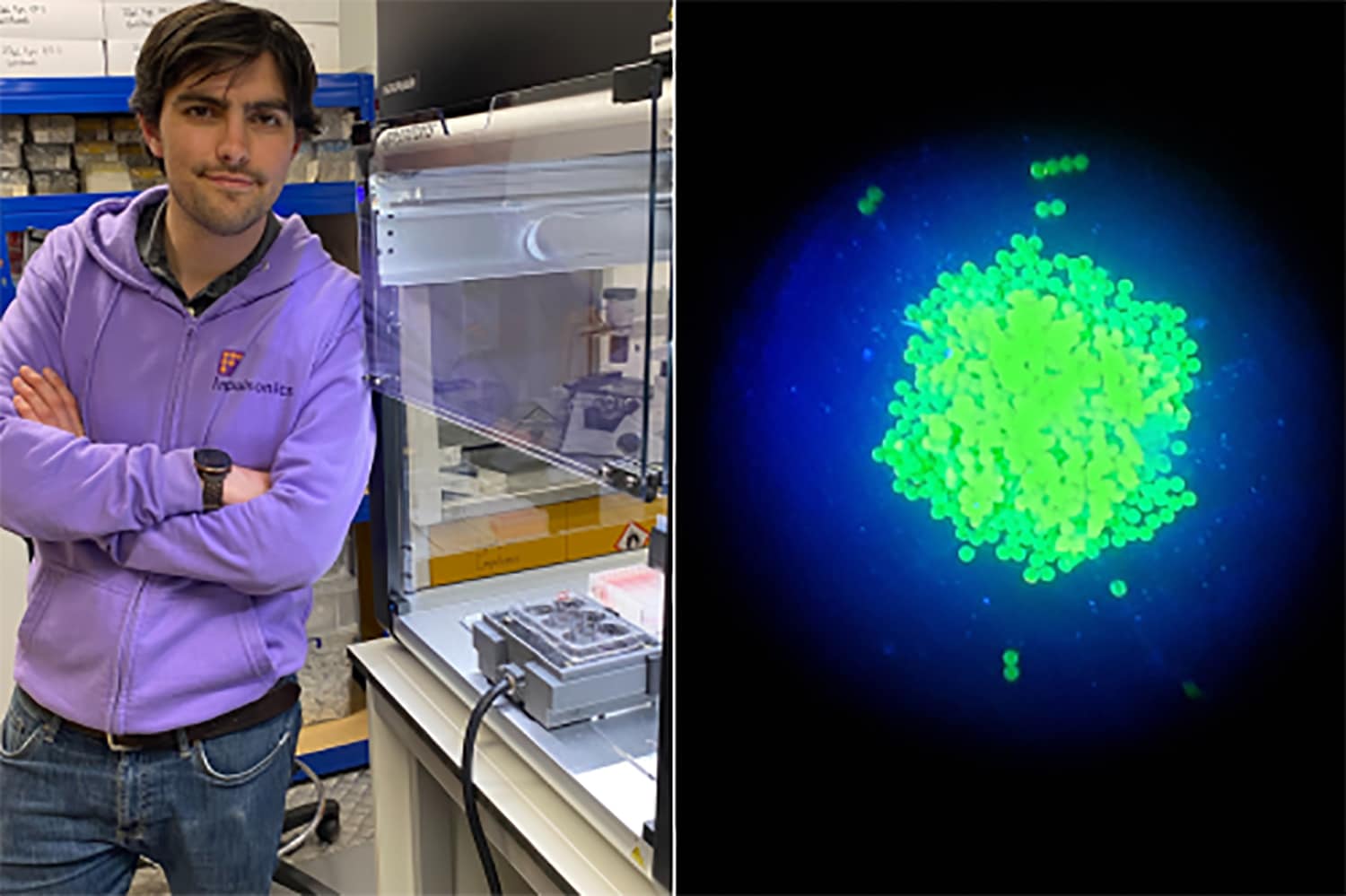

The SpotBugs maintainer has since confirmed that the PAT that was used as a secret in the workflow was the same access token that was later used to invite “jurkaofavak” to the “spotbugs/spotbugs” repository. The maintainer has also rotated all of their tokens and PATs to revoke and prevent further access by the attackers.
One major unknown in all this is the three-month gap between when the attackers leaked the SpotBugs maintainer’s PAT and when they abused it. It’s suspected that the attackers were keeping an eye out on the projects that were dependent on “tj-actions/changed-files” and waited to strike a high-value target like Coinbase.
“Having invested months of effort and after achieving so much, why did the attackers print the secrets to logs, and in doing so, also reveal their attack?,” Unit 42 researchers pondered.
